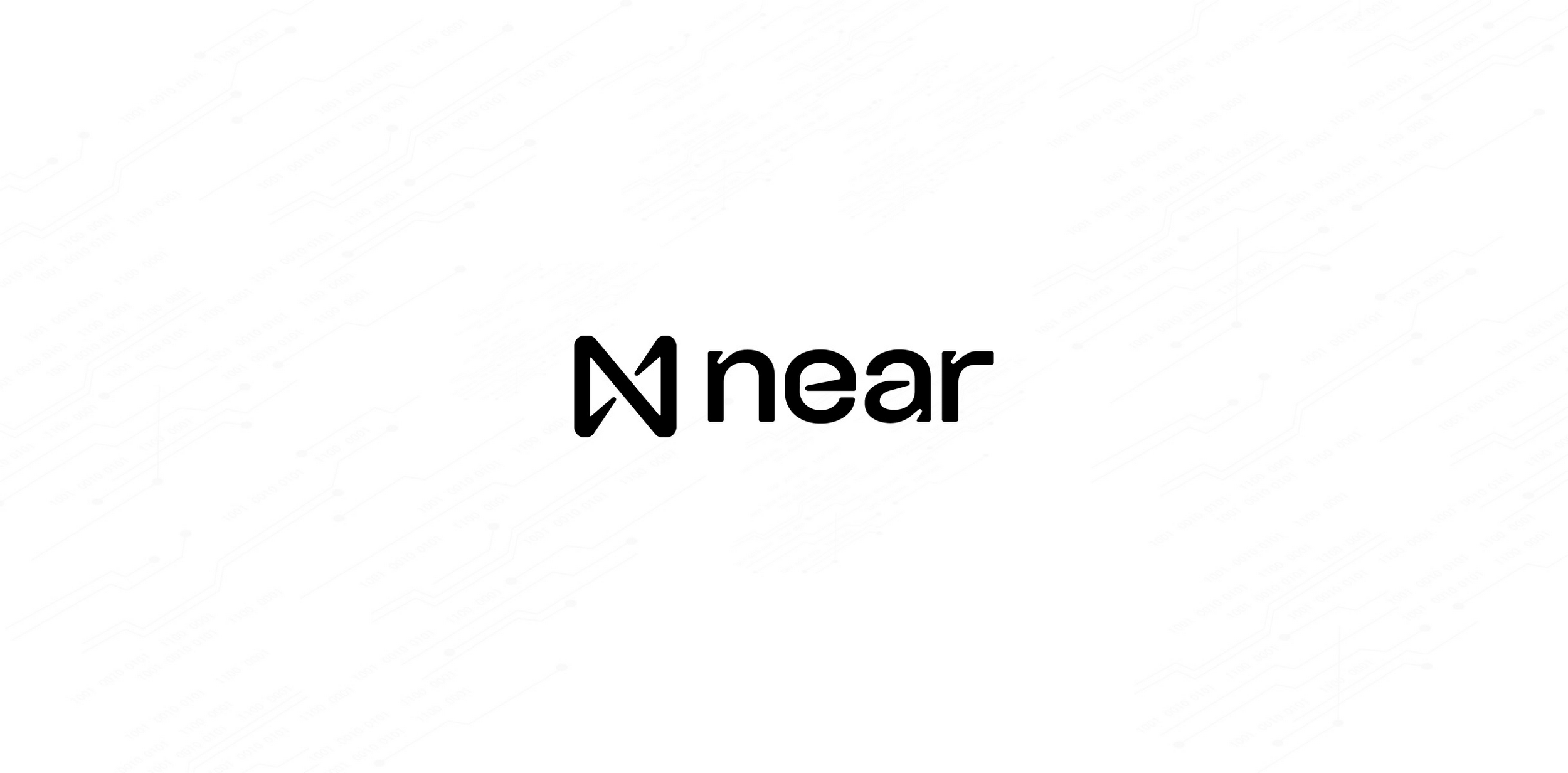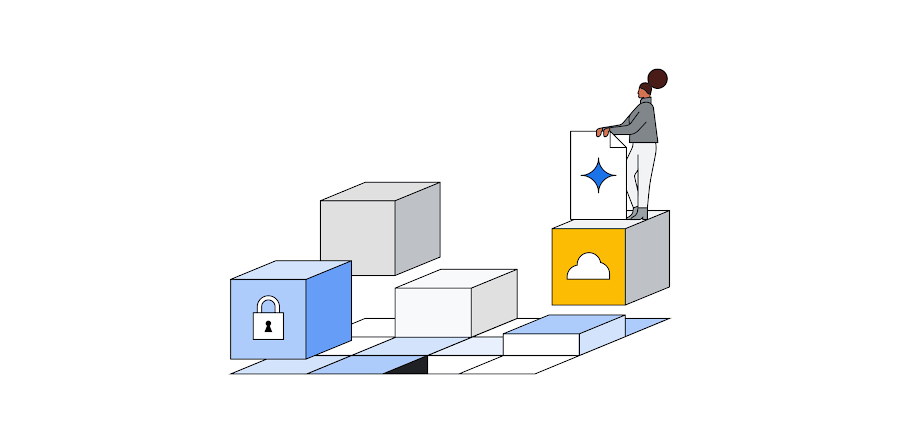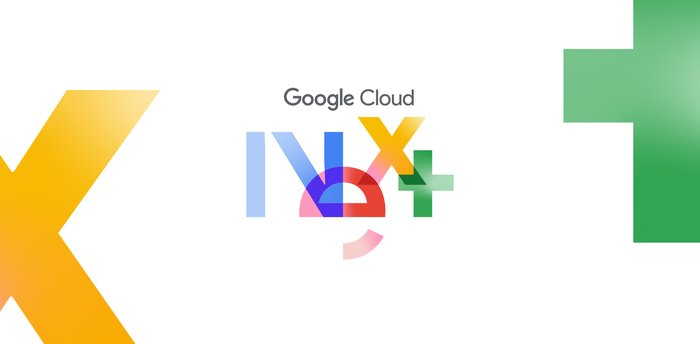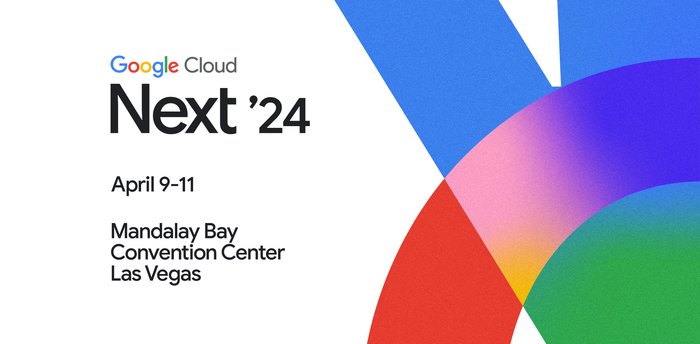NEAR: Growing Web3 adoption through usability

Drew Gorton
Head of Developer Relations, NEAR
Editor’s note: Today we hear from NEAR, an open-source collective behind the NEAR blockchain protocol, ecosystem, and foundation, and which is building its infrastructure services on Google Cloud.
Web3 is a paradigm shift where identity, data, and assets are controlled and owned by users and the web’s services are decentralized. To enable this vision, there’s a requirement for a foundational infrastructure layer that can scale to billions of users, maintain a decentralized and secure environment, and be independently sustainable over time.
That infrastructure is a necessary condition for Web3 adoption, but it isn’t sufficient by itself. In particular, usability is one of the biggest hurdles to Web3 adoption. The technology is still relatively new – about ten years old – and the data, tooling, and product layers are even newer. Millions of people use Web3 today, but that’s a long way from the billions on Web2.
NEAR was created to address this challenge by providing an open-source Layer 1 blockchain with a scalable and dynamically sharded network that’s actually usable, making it easier for developers to build usable products.
NEAR was founded by Illia Polosukhin – a former Google and TensorFlow developer – and Alex Skidanov, formerly a MemSQL and AI researcher. They needed a way to pay contributors worldwide to help them in their AI startup and discovered that it wasn’t practically possible with existing blockchains like Ethereum. They pivoted to focus on this vision in 2018 and released NEAR’s mainnet in 2020.
Since then, the chain has grown dramatically, with over 1,000 active projects and 22 million users. However, NEAR’s main purpose is to not just enable the Web3 vision technically, but to do so in a way that enables mass adoption by both developers and users — a challenge it has partnered with Google Cloud’s broader Web3 initiatives to help solve.
Supporting continuous growth
To support the continued adoption of NEAR, there are multiple upgrades coming in our roadmap that culminate with the arrival of Nightshade Sharding, the final phase of NEAR’s architecture roadmap. Sharding scales the network via parallelization so it can handle surges in demand and eventually support billions of users. Divided into four phases, the chain’s sharding mechanism is currently in the second phase with a fixed set of shards. The next stage will shard both state and processing, and the fourth and final stage introduces dynamic resharding to have the network automatically split and merge shards as needed based on usage.
Pagoda, the engineering team leading technical development of NEAR Protocol, selected Google Cloud to power the infrastructure services used by the NEAR ecosystem. A core challenge that we face as an infrastructure providers is ensuring the automatic scalability of these services to meet growing demands of builders in the ecosystem. Google Cloud lets our developers focus on the things that matter. They can save time in development and reduce time to delivering value by eliminating the need to reinvent infrastructure with each new project. At its core, providing this ready-to-use infrastructure supports the usability and accessibility vision of NEAR.
Furthermore, Google Cloud supports new builders on the NEAR ecosystem through a dedicated technical support program for NEAR grant recipients. This partnership lets us provide high-quality resources and support to new projects that are taking their first steps in the ecosystem.
Usability as a core differentiator
NEAR prioritizes usability as one of its core values and has always treated it as an all-encompassing philosophy. A blockchain that is not scalable or safe is not usable. Similarly, if a technology is difficult to use and build with, the apps created with that technology will require heavier polishing and sacrifice either usability or features in that process.
NEAR seeks to address this by embedding usability and accessibility into the core protocol itself. That removes complexities introduced by Web3 and abstracts them away for developers, allowing them to build simpler and friendlier interfaces for their users.
One example of this approach can be seen in NEAR’s account model, which is known for its flexibility and use of human-readable addresses (e.g. jane.near) over complex hexadecimal strings. This is a unique feature for NEAR among Layer 1 blockchains.
The focus on usability is also at the core of NEAR’s two-year technical roadmap, which is about removing barriers for builders at the protocol level.
Meta-transactions, one of the upcoming features, will enable accounts and decentralized applications to send transactions on behalf of users and pay necessary network usage fees for them. This removes potential confusion while interacting with an application, and more closely resembles existing end-user web experiences.
Another example of accessibility embedded in the protocol is the addition of support for Secp256r1 keys, which enable certain mobile devices such as iPhones to have implicit accounts on-chain. This simplifies the onboarding process for mobile users by removing the need to go through the process of creating an account, which can include dozens of steps on other popular blockchains and often requires purchasing cryptocurrency on an exchange.
Enhancing usability and accessibility are among the benefits that NEAR is gaining by partnering closely with Google Cloud. We continue to see trust in this relationship across the board, and that is reflected in seeing some of our validators choosing Google Cloud as home for their nodes.




